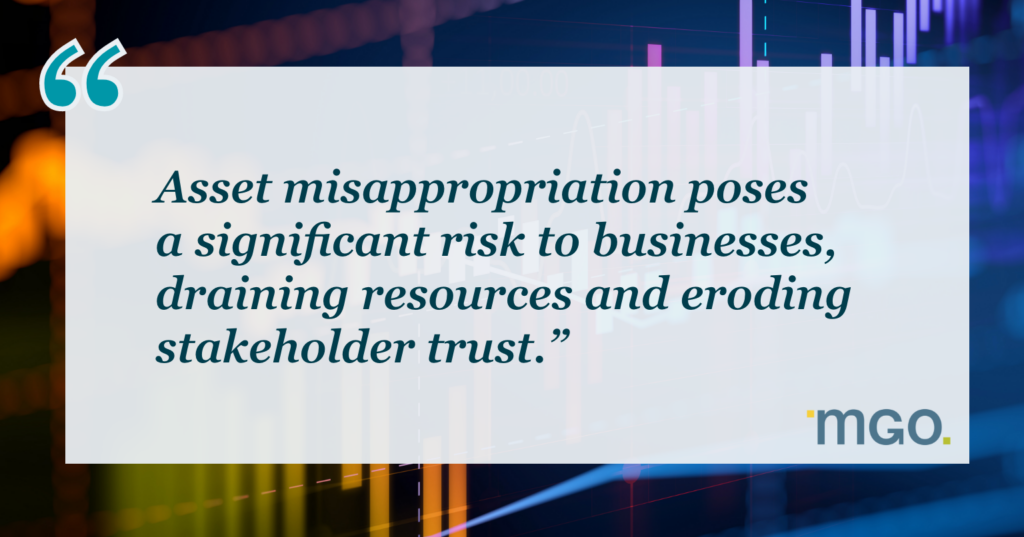Key Takeaways
- The Employee Retirement Income Security Act (ERISA) of 1974 marked a crucial turning point in U.S. retirement security, laying the groundwork for employee protections that are still evolving today.
- Its foundation led to reforms that eliminated gender-based discrimination in retirement plans and introduced spousal protections, including the requirement of spousal consent for some benefit elections.
- ERISA served as a spark to light the fire for continuous enhancements to employee protections with legislation that covers aspects of an employee’s health, family benefits, and retirement.
~
The Employee Retirement Income Security Act of 1974 (ERISA) represents a key moment for retirement security in the United States — and September 4, 2024, marked its 50th anniversary.
While its enactment is certainly an important milestone, ERISA’s most enduring impact may be that it began an era of continued enhancements to employee protections and contributed to the reduction of discriminatory treatment of U.S. workers. The 1974 landmark act opened the door for new laws and regulations, paving the way for many of the employee protections now considered standard for the American workforce.
Setting the Stage: The Political Climate of 1974
While ERISA coalesced years of growing concern to improve protections for U.S. workers’ retirement, it came about in direct response to a pivotal point in U.S. history. In 1974, the United States was navigating a tumultuous period marked by the ongoing Vietnam War and the Watergate scandal. Following President Richard Nixon’s resignation, President Gerald Ford came into office looking for opportunities to unify the country and restore public trust in the government. Ford and Democratic House Speaker Tip O’Neill collaborated on bipartisan legislation that pulled together existing draft legislation to quickly construct the Employee Retirement Income Security Act of 1974.
Enacted on Labor Day 1974, less than a month after Ford took office, ERISA was not as comprehensive as has often been assumed and required subsequent legislation to address its missing or incomplete components. Despite these initial shortcomings, ERISA laid the groundwork for the modern era of employee retirement security and employee protections in the United States. There have since been significant subsequent reforms and enhancements that have built on ERISA’s foundation.
Gender-Based and Spousal Discrimination
One of the early areas of reform was the elimination of gender-based and spousal discrimination in retirement plans. In 1978, the U.S. Supreme Court’s Manhart decision removed the requirement for female plan participants to pay more into a plan to account for their longer actuarial lifespans.
The Retirement Equity Act of 1984 (REA) furthered these protections by creating spousal protections and recognizing qualified domestic relations orders (QDROs). The REA required written spousal consent for married plan participants to elect a benefit other than a qualified joint and survivor annuity and provided spousal death benefits for terminated vested participants not in pay status. It also protected the prior vesting service for those taking parental leave or a break-in-service of less than five years’ duration.
Age-Based Discrimination
Later reforms addressed age-based discrimination. The Age Discrimination in Employment Act of 1967 (ADEA) had eliminated the mandatory retirement age and allowed participants to continue accruing benefits even if they worked past the normal retirement age. The Older Workers’ Benefit Protection Act of 1990 amended the ADEA to further ensure equal benefits for older employees and provide additional safeguards against age discrimination in the workplace.
Health Discrimination
Health discrimination was another critical area in need of reform, and saw it in the form of:
- The Americans with Disabilities Act of 1990 (ADA), which prohibits discrimination against individuals with disabilities and requires reasonable accommodations for disabled employees.
- The 2008 Genetic Information Nondiscrimination Act (GINA), which prevents the denial of insurance coverage or higher premium costs to a healthy individual based on a genetic predisposition to a disease.
- The Mental Health Parity and Addiction Equity Act of 2008 (MHPAEA), which ensures mental health or substance use disorder benefits are on par with medical and surgical health benefits.
Expanded Health Benefit Protections
Protections focused on employee health benefits have been expanded significantly since 1974. Here are some ways:
- The Consolidated Omnibus Reconciliation Act of 1986 (COBRA) established rules governing the continuation of health coverage, including provisions for limited-period health coverage continuation for employees and beneficiaries following certain life events that would otherwise result in a reduction in benefits.
- The Affordable Care Act of 2010 (ACA) prohibits insurance companies from denying coverage or charging higher premiums based on pre-existing conditions.
- The Family and Medical Leave Act of 1993 (FMLA) provides job-protected leave for serious health conditions and family care for eligible employees, including 12 weeks of unpaid parental leave for the birth and care of a newborn.
- The Health Insurance Portability and Accountability Act of 1996 (HIPAA) implemented data security measures, expanded employee protections, and ensured the privacy and security of health information.
Other notable expansions relate specifically to women and children, including:
- The Newborns and Mothers Health Protection Act of 1996, which mandates minimum hospital stays for childbirth.
- The Women’s Health and Cancer Rights Act of 1998, which ensures insurance coverage for mastectomy reconstruction.
- The Children’s Health Insurance Program (CHIP), which provides health coverage for children from low-income families.
The Evolution of Employee Protections
Since ERISA’s enactment, employee protections for U.S. workers have evolved significantly. While some legislation was met with initial resistance, the protections introduced have become indispensable to many in the U.S. workforce. As we celebrate the half-century mark for ERISA, we’re reminded that human capital is a company’s most valuable asset and employee protection helps maintain a thriving workforce.
How MGO Can Help
At MGO, we know that complying with the complexities of ERISA and the employee-related laws that followed can be challenging. Our Audit team leverages years of experience and knowledge to address your concerns about benefit plans, as well as offer suggestions based on your specific circumstances. Reach out to us today to learn more.




















